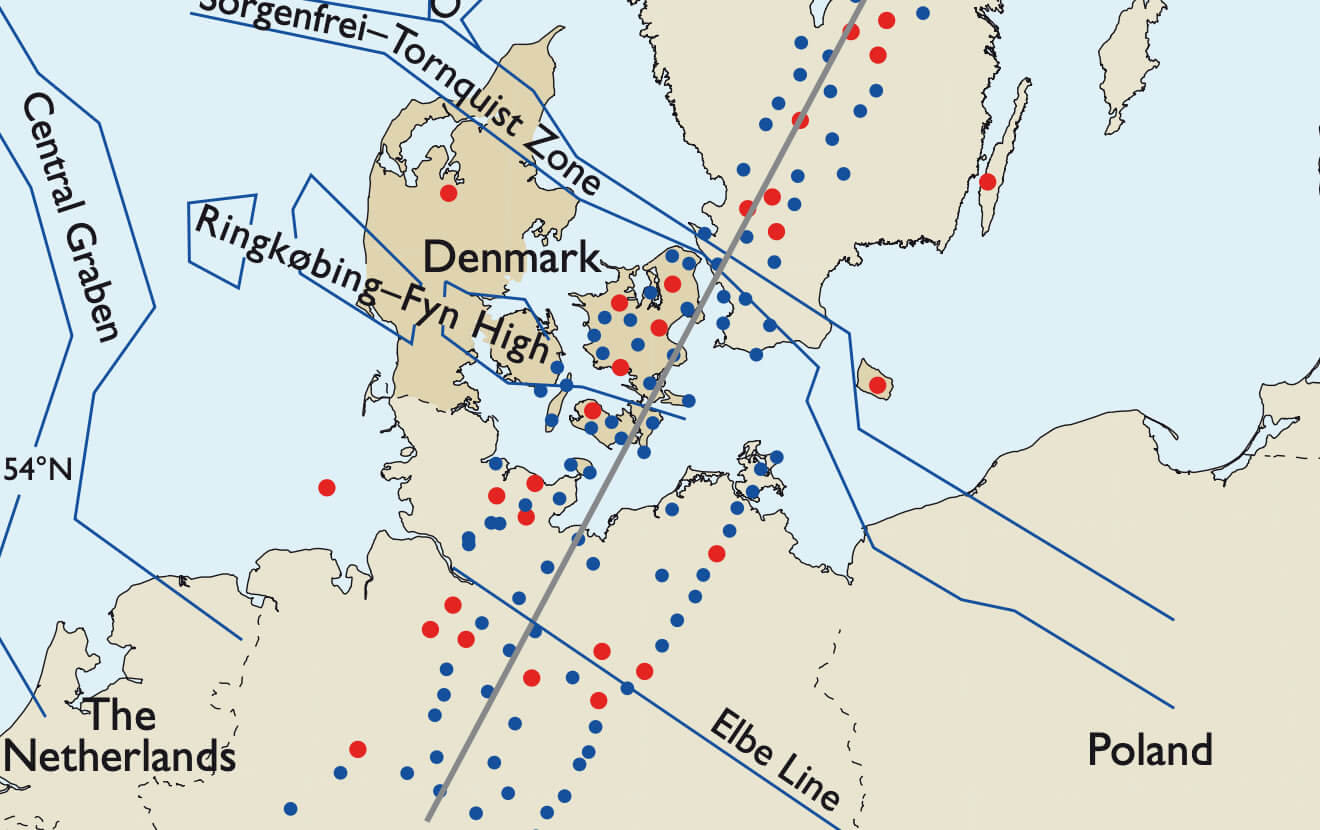
How to Cite
Share
Abstract
The structure of the lithosphere under Denmark has been investigated in relation to adjacent regions of Sweden and Germany. The most interesting result of the study is that the 120 km thick lithosphere under Denmark appears to be a stretched version of the Swedish lithosphere, which is more than twice as thick. During the international project Teleseismic Tomography across the Tornquist Zone (Tor), field work and international interpretation were carried out between 1996 and 2002. Following the field work period, model velocity computations were undertaken based on observations of distant earthquakes (e.g. Arlitt 1999; Shomali et al. 2002; Voss et al. 2006), and recently an evaluation of the Tor results was completed (Nielsen 2007). The Tor project investigates deeper parts of the Earth than previous projects, and in particular the depth interval 50–300 km, which is below the crystalline crust. The investigations have included many geophysical features such as teleseismic P-wave tomography, Rayleigh wave velocities, shear wave splitting and wave scattering. We have distinguished between relatively high- and low-velocity zones, which also show variations in anisotropy and scatter characteristics. Generalised high-velocity zones correspond to the lithosphere, while generalised relatively low-velocity zones are equivalent to the asthenosphere. The main outcome of the combined studies is that the deep lithosphere can be divided into three blocks separated approximately along the national boundaries between Sweden and Denmark and between Denmark and Germany. The boundaries between the blocks are steep, almost vertical. The Denmark block has lithosphere properties between those to the north and south. Based on previous crustal studies and the Tor results, we suggest that the Denmark block has evolved by stretching. The details in the new evaluation are derived from teleseismic tomography. Here we present a synthesis of the many derived models in the light of the new evaluation.
How to Cite
Share
Copyright (c) 2008 Søren Gregersen, Lene Vandur Nielsen, Peter Voss

This work is licensed under a Creative Commons Attribution 4.0 International License.
Downloads
Edited by Ole Bennike and A.K. Higgins
This Review of Survey activities presents a selection of 22 papers reflecting the wide spectrum of activities of the Geological Survey of Denmark and Greenland, from the microscopic to the plate-tectonic level.
The Survey's activities in Denmark are illustrated by 13 articles. Five of them deal with petroleum-related [...]









